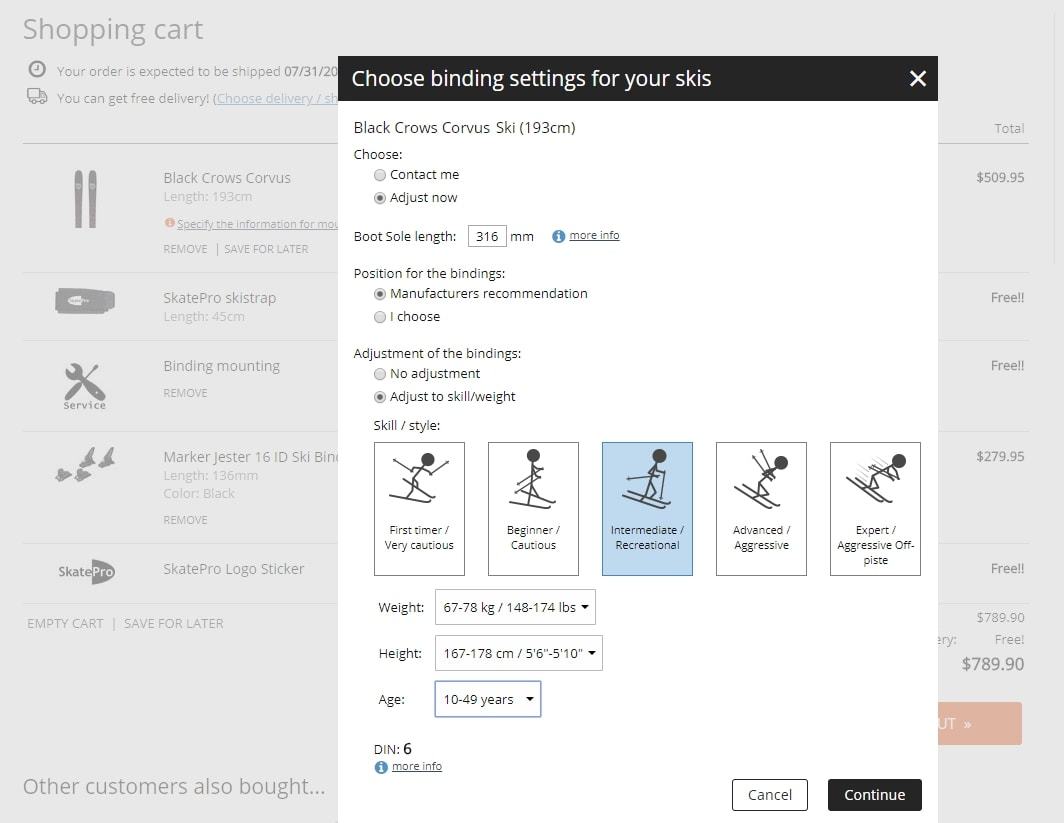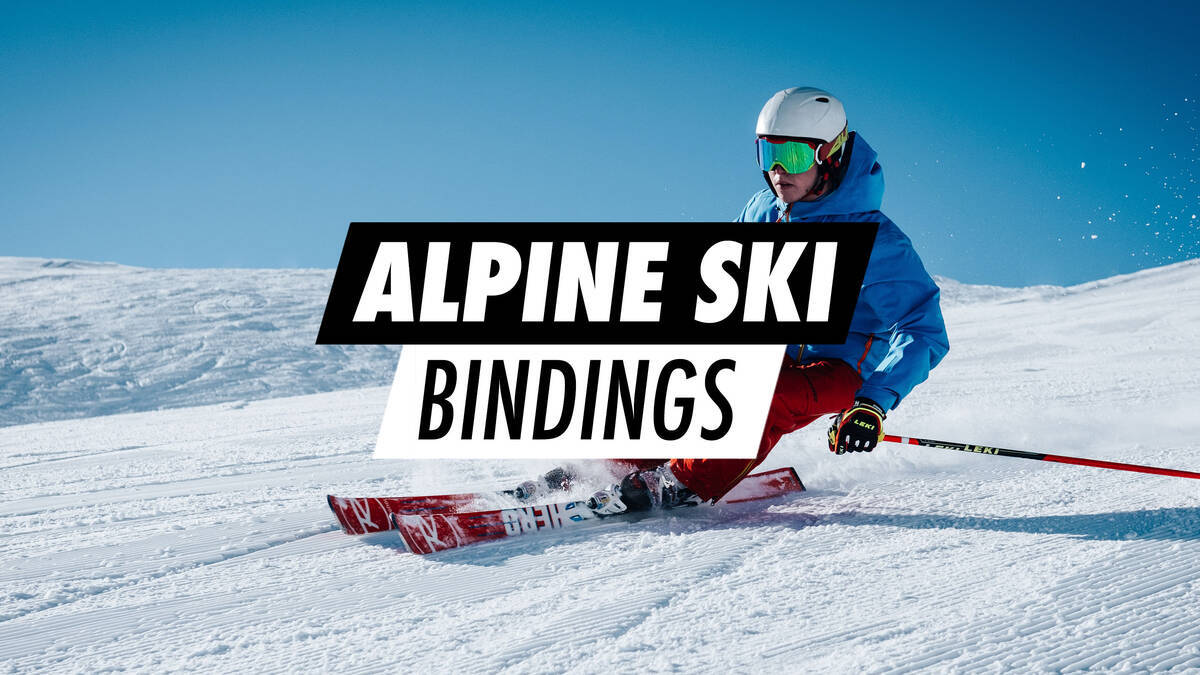Purchasing Alpine Ski Bindings
Understanding Alpine Ski Bindings
In essence, ski bindings are what secure you to your skis. Different types exist, including alpine, telemark, and touring. This discussion focuses on alpine bindings, which are affixed to piste, all-mountain, race, freestyle, and freeride skis. Your choice depends largely on your skiing style and proficiency level.Components of Alpine Bindings
All alpine bindings consist of two primary sections: the toe and heel pieces. They both include the DIN system, which is crucial for releasing your bindings if you fall. For more details on DIN and calculating DIN values, refer to our DIN calculator. The toe piece is equipped with an anti-friction plate/device (AFD) and horizontal wings. These wings facilitate the sideways release of the boot, minimising the risk of twisting injuries. In contrast, the heel piece incorporates a vertical release mechanism, which mitigates dislocation injuries during falls. It also includes a brake, also known as a stopper. The brake prevents the skis from hurtling down the slope unattended, potentially colliding with others, if the binding releases due to a fall. In all ski resorts, a brake system is mandatory. Moreover, the brakes assist in keeping skis together during stacking and transport. Once the boot clicks in place, the brake lifts allowing you to ski.
In contrast, the heel piece incorporates a vertical release mechanism, which mitigates dislocation injuries during falls. It also includes a brake, also known as a stopper. The brake prevents the skis from hurtling down the slope unattended, potentially colliding with others, if the binding releases due to a fall. In all ski resorts, a brake system is mandatory. Moreover, the brakes assist in keeping skis together during stacking and transport. Once the boot clicks in place, the brake lifts allowing you to ski.
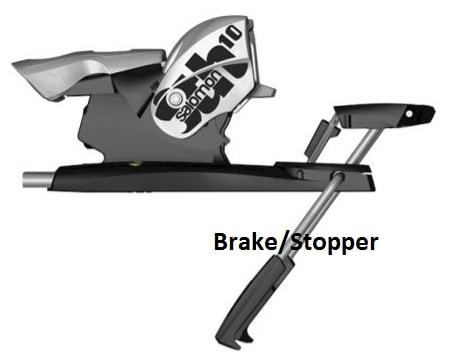
Variations of Alpine Bindings
The primary differentiation lies in the method of attachment to the skis. Bindings can come pre-installed by the manufacturer, implying they have been optimally pre-set, or be purchased separately. If not pre-installed, they can either be track mounted or drill mounted.Track Mounted
These bindings attach to a plate installed by the manufacturer on the ski. You simply choose bindings compatible with the plate system and slide them into position. The advantage here is that manufacturers select the ideal plates to enhance ski performance. Additionally, these bindings are easily adjustable and can be adapted, for instance, to lend your skis to a friend.Drill Mounted
As the name suggests, these bindings are drilled directly onto the skis without any additional track or plate. This should be performed by an expert using specialised tools. Due to their direct attachment, drill mounted bindings offer limited adjustment in length compared to track mounted options. They are mainly designed to match the skier's specific boot length. However, the benefit is that any binding can be mounted without concerning track systems. Typically favoured by freeride, freestyle, and touring skiers, this mounting method provides freedom in choosing bindings that complement riding style.Explaining Alpine Ski Binding DIN / ISO
Locating Your DIN Value
DIN (Deutsches Institut für Normung, previously Deutsche Industrie Norm) identifies the binding's release setting level. This is also known as ISO, ensuring optimal safety and handling of impacts. Bindings must trigger the correct release during falls to prevent injuries to areas such as knees and hips. It's essential to set the DIN value on both toe and heel parts according to your specifics.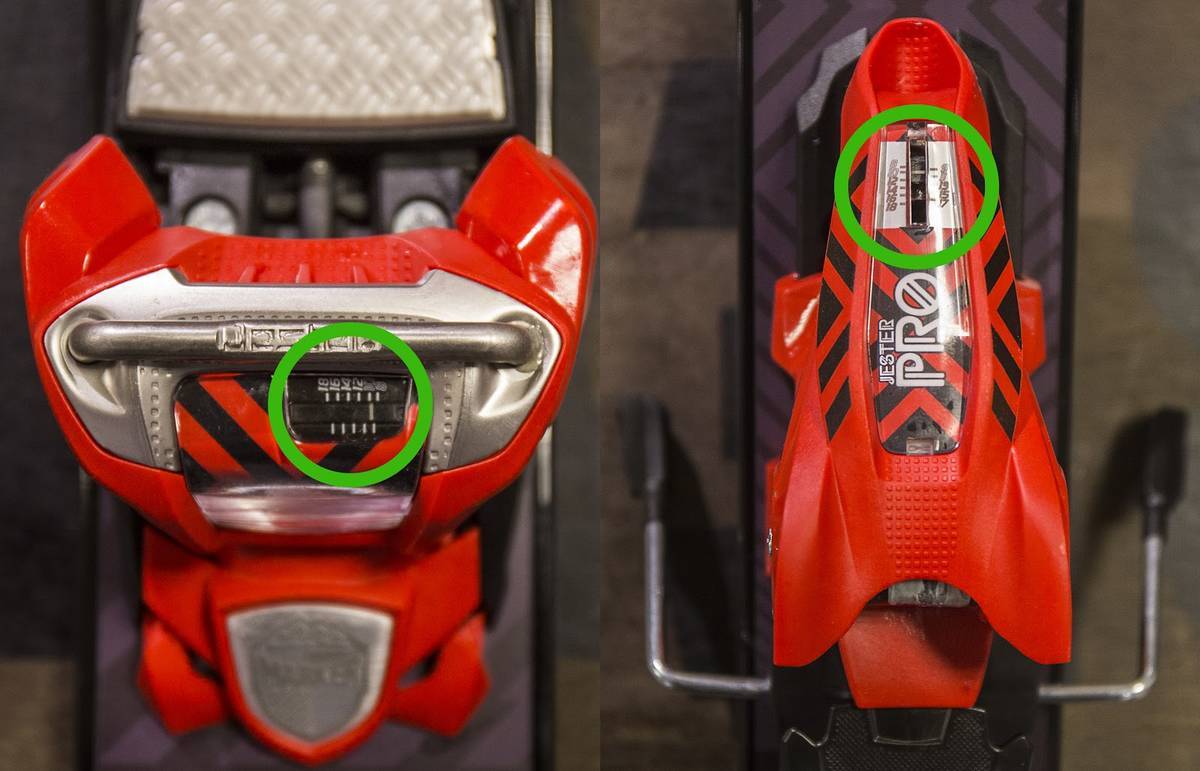 Correctly adjusting the DIN settings on ski bindings is vital for both children and adults.
Correctly adjusting the DIN settings on ski bindings is vital for both children and adults.
The release setting or DIN value is adjustable at both the toe and heel parts of the alpine ski bindings. Each binding has specific DIN value intervals, enabling adjustments according to skills, weight, height, and age.
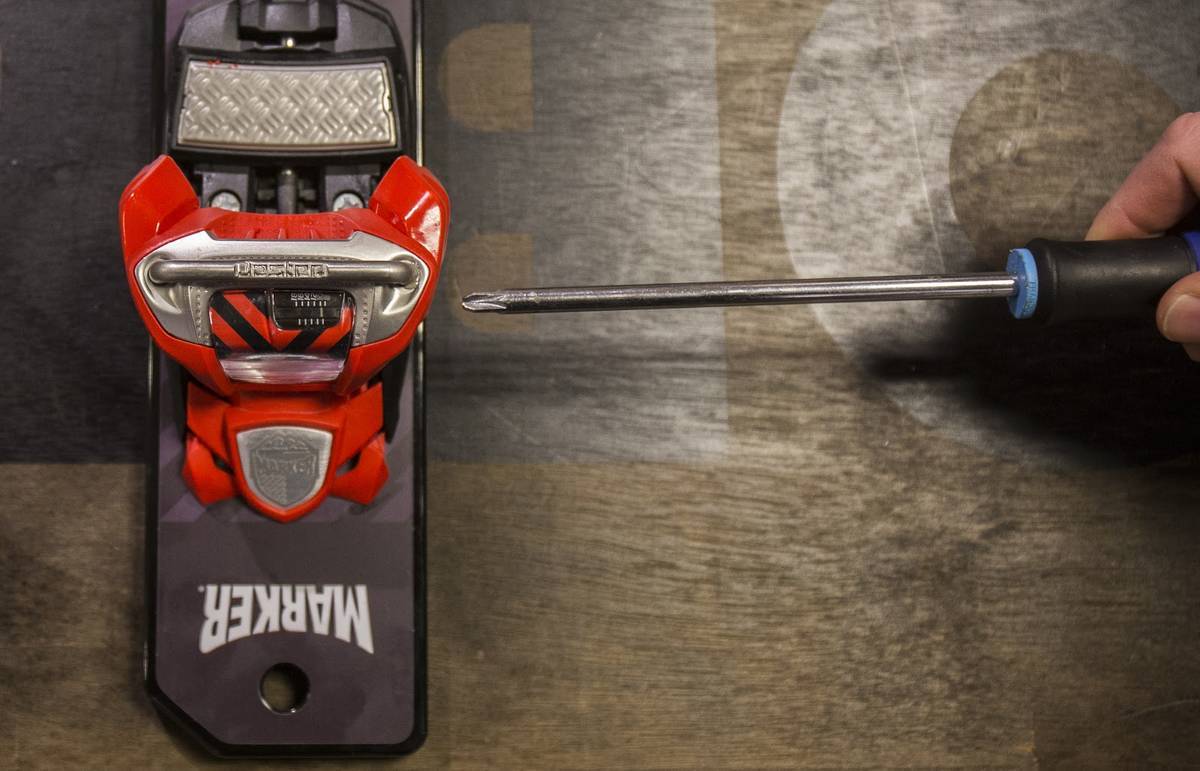
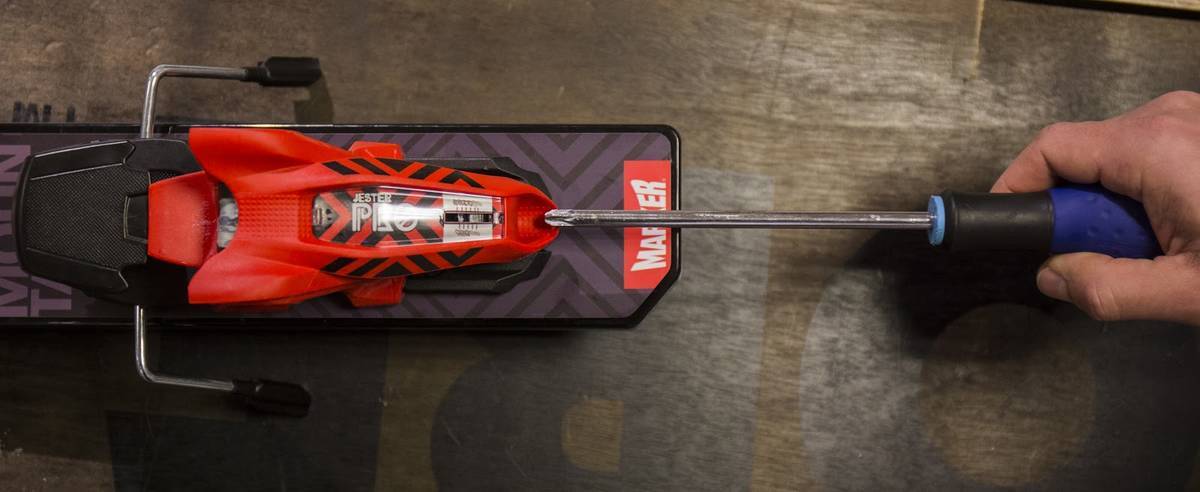
Assisting with Proper DIN Ski Binding Settings
When purchasing skis with included bindings from us, you can calculate your DIN value during checkout. This ensures we mount and adjust your bindings in line with your skills, weight, height, and age.
Here's how the DIN calculator looks when ordering skis and bindings from us: